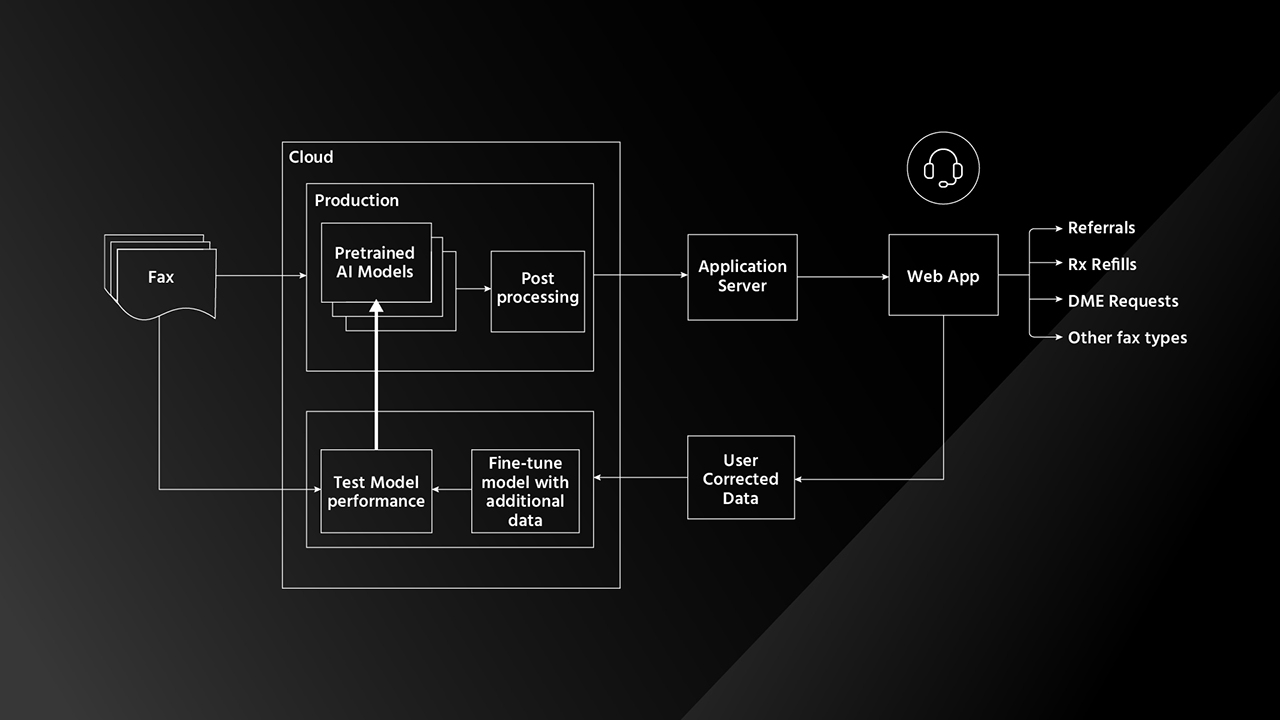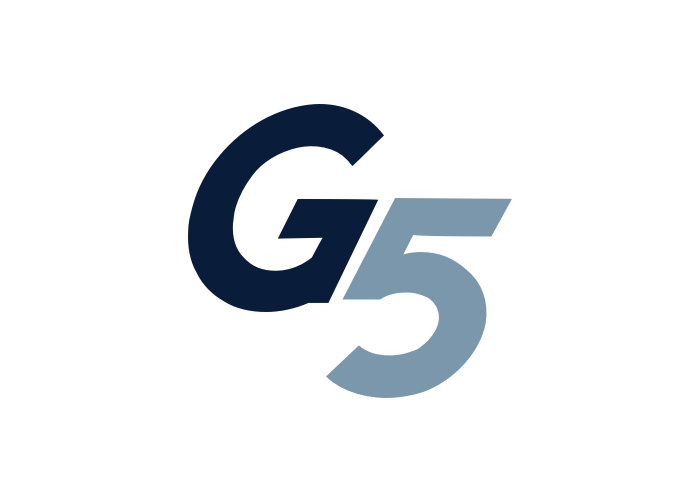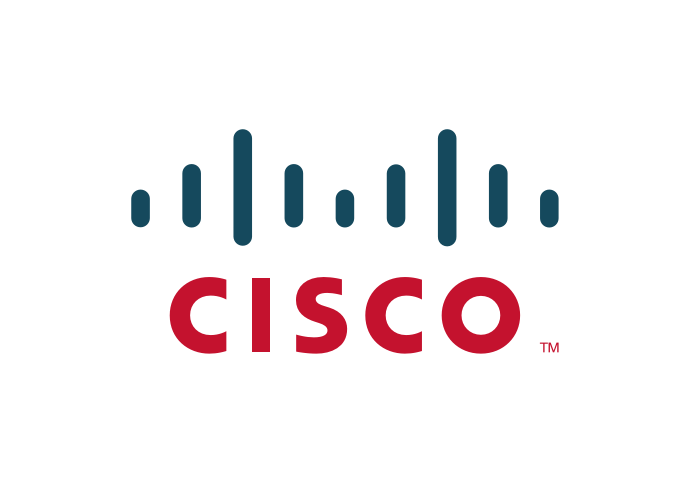HEALTHCARE
UCSF Health & H2O.ai: Applying H2O Document AI to Automate Workflows in Healthcare


+25K Hours saved of access center staff time
5K Hours saved of clinician time
The University of California, San Francisco, health system (“UCSF Health”) is recognized worldwide for its innovative patient care, reflecting the latest medical knowledge, advanced technologies and pioneering research. UCSF Health provides one of the top 10 hospitals in the United States and is ranked #1 in neurology & neurosurgery.
Challenge
The University of California, San Francisco, health system (“UCSF Health”) receives over 1.4 million faxed documents per year. In the absence of Artificial Intelligence (AI), each of these documents must be handled multiple times by humans to determine what kind of document it is, which patient it pertains to, and what specifically must be done to further process or respond to the document’s contents. These faxes include a variety of document types including patient referrals, prescription refill requests, durable medical equipment requests, lab results, and school forms. They are received from thousands of providers and vary in structure, quality, and content. They are received as electronic faxes (“e-fax”) and stored in a PDF format on a fax server.
Each type of e-fax has a specific workflow associated with it. In the case of patient referrals, a referral coordinator at UCSF has to review the incoming document, identify if required information is missing, and request this missing information from the referring provider. The referral coordinator has to extract patient demographics, referral information, insurance information, etc. from the fax and enter this information into multiple screens in the Electronic Health Record (EHR). This manual work is cumbersome and inefficient and results in delays in patients’ access to care, negative patient experience, and high operational costs. Across the UCSF Health System, this human effort adds up to more than the work of a hundred full-time employees.
The team at UCSF Center for Digital Health Innovation (“UCSF CDHI”) envisioned a day when the processing of the majority of these e-faxes would be automated. To accomplish this, an application would have to: automatically recognize the type of request [referral, medical refill, Durable Medical Equipment (DME) request, etc.], parse the information in the fax document, simplify the human review of parsed information, input the data into the EHR, and enable the workflow specific to the type of referral fax document.
When we started this journey, we were hopeful that information extraction from semi-structured documents was possible, but we weren’t sure. Some in the industry told us it couldn’t be done. Now that the UCSF-H2O.ai collaboration team has delivered, it opens up many possibilities.
Bob Rogers, PhD, Expert in Residence for AI
Solution
UCSF experimented with optical character recognition (OCR) and robotic process automation (RPA) solutions with some success. However, these solutions weren’t flexible enough for full automation. Optical Character Recognition (OCR) that is rules-driven, template-based, and based on a database of known fonts is limiting. The variety of document templates, version changes, and the need to process new and unseen documents require Intelligent Character Recognition (ICR). Compared to OCR, ICR leverages learning algorithms for generalizable character and word recognition, document layout understanding, and Natural Language Processing (NLP). UCSF selected H2O Document AI, a product of the H2O AI Hybrid Cloud, to fully automate their 1.4M annual e-faxes.
H2O Document AI is part of a complete solution that UCSF named Intake Automation. Incoming faxes are converted to PDF documents using a digitization service (RightFax) and stored in a fax file server. Intake Automation’s backend service picks up the file from the fax file server, stores it in the application database and calls the H2O Document AI API with a request to classify the pages, the fax document, and extract all relevant information. The response from H2O’s Document AI service is stored in the application database.
When the application is launched, the user is presented with a list of files along with the meta data that has been extracted by the AI service.


Results
By powering all the e-fax processing workflows with H2O Document AI -powered Intake Automation, UCSF is expected to save more than 25,000 hours (~12 FTEs equivalent) of access center staff time and 5000 hours (~2.5 FTEs equivalent) of clinician time.
The time saved will be used to
- Provide a more personal experience for patients navigating the health system for their complex conditions
- Help patients navigate their care after their visit for follow-up visits, procedures, external referrals
- Handle the year-over-year increase in the volume of referrals without adding more administrative overhead
More Customer Stories








